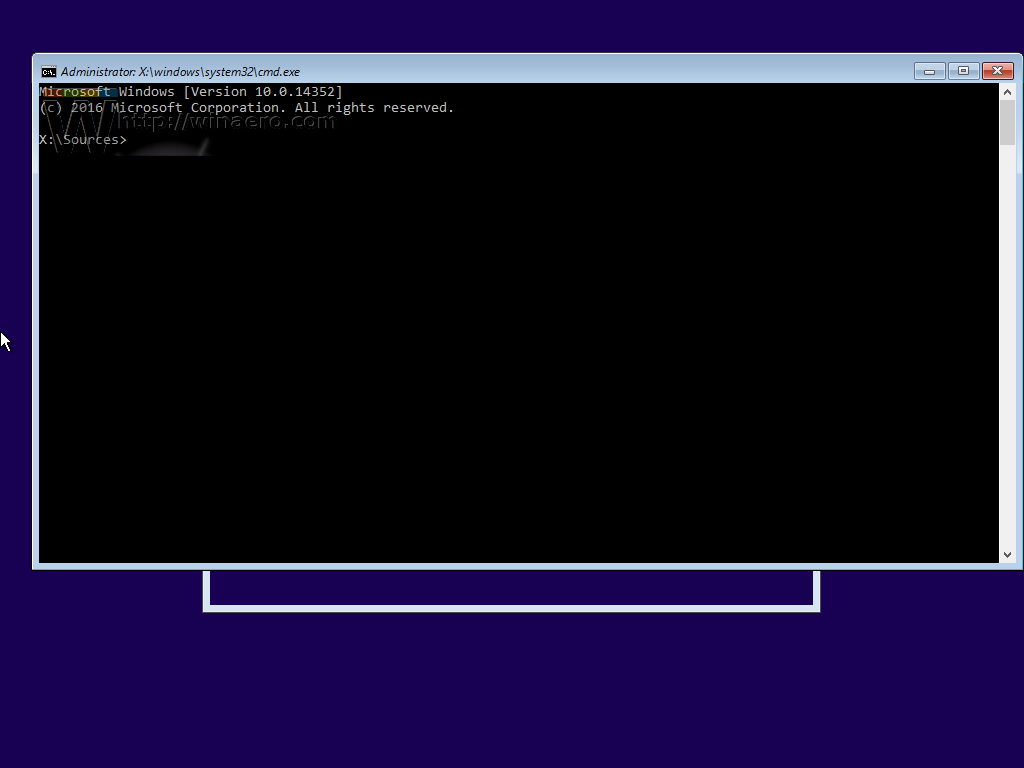Microsoft makes available updates for Windows 10 in the regular basis to patch any security hole and to improve the functionality of the operating system. However, even now that updates are mandatory to keep devices always up to date, sometimes updates may not appear for download on your computer for a long time.


Although Windows Update is the preferred method to get updates, Microsoft also allows users to manually download new patches as they become available through the 'Microsoft Update Catalog' website. While mainly a resource for IT administrators who need to test updates before pushing them to devices in their network, you can use the Update Catalog to quickly download a new update if it's not showing for you in Windows Update as an alternative option.
In this Windows 10 guide, we'll walk you through the steps to find, download, and install updates manually on your device.
Run Windows Updates Windows 10
What I would like to do is have those windows updates that were downloaded but not installed install every other Sunday night at 6PM and then reboot the server. On windows server 2008 I am using the command wuauclt.exe /UpdateNow and it works flawlessly. But on server 2012 it does not work. Dec 19, 2018 To run Windows Updates in the Powershell, get the Updates downloaded and installed, you need to manually install Windows Update Module in the computer. To install Windows Update Module, type Powershell in the Windows search bar, right click on Windows Powershell and select the option Run as Administrator. On the Windows Powershell screen, type the below command and press enter to install the Windows Update module.
How to download cumulative updates
It's important to note that the Microsoft Update Catalog doesn't list anything, instead it's a search page, where you must know exactly the update you want to download.
Sep 21, 2017 Run Windows Update from Command Line in Windows 10. Simply launch the Elevated command prompt in Windows 10. For that make right click on the Start button and from the WINX menu click Command Prompt admin. When UAC dialogue box appears, click to open it. Check this post to find out different ways on how to launch the Elevated command prompt.
The easiest way to find an update is knowing its Knowledge Base reference number. For example, on October 11th, Microsoft released Windows 10 build 14393.321, which Knowledge Base reference was KB3194798. You can find the references when we publish a new article about a new update, or when you visit the Windows 10 Update History website. Then do the following:
Visit the Microsoft Update Catalog website.
Quick Tip: If you can't access the site using Microsoft Edge, you can also try opening a new InPrivate window, which should let you get through.
Do a search for the update using the KB number for the update you want. For example, KB3194798.
Click the Download button for the 64-bit or 32-bit version of the update. If you don't know your system type, do the following:
- Open Settings.
- Click on System.
- Click on About.
See System type.
A pop-up window will appear with a direct download link, click it to download the .msu file.
How to install cumulative updates
While you can simply double-click the .msu file to install a new update for Windows 10, you may prefer to include options, such as to prevent the operating system from restarting to finish applying the update, which is something you can do using Command Prompt.
- Use the Windows key + I keyboard shortcut to open the Power User menu and select Command Prompt (admin).
Type the following command and press Enter:
wusa C:PATH-TO-UPDATENAME-OF-UPDATE.msu /quiet /norestartNote: We're adding the /quiet /norestart switches to prevent the operating system from restarting your computer after installing the update, but later on, you must manually reboot your device to finish applying the update.
Quick Tip: If the name of the update turns to be very long, simply begin typing 'Windows10.0-kb' and the hit the Tab key to autocomplete the name.
Wrapping things up
The Microsoft Update Catalog website works best using Internet Explorer, but recent changes that removes ActiveX requirement now allows users to access the site using Chrome and Microsoft Edge. Additionally, alongside cumulative updates, you can also download the latest updates for certain device drivers, and Surface updates.
It's worth pointing out that even though sometimes updates won't get through because of a problem on your computer, there will be other times when an update won't show up because it's not compatible with your system. If you install a patch that is not working correctly, you can always use our guide to uninstall a problematic update.
Command Line Install Windows Update 2919355
While we're focusing this guide on Windows 10, the same concept shown here works to download and install updates on previous versions of the operating system, including Windows 8.1 and Windows 7.
More Windows 10 resources
For more help articles, coverage, and answers on Windows 10, you can visit the following resources:
We may earn a commission for purchases using our links. Learn more.